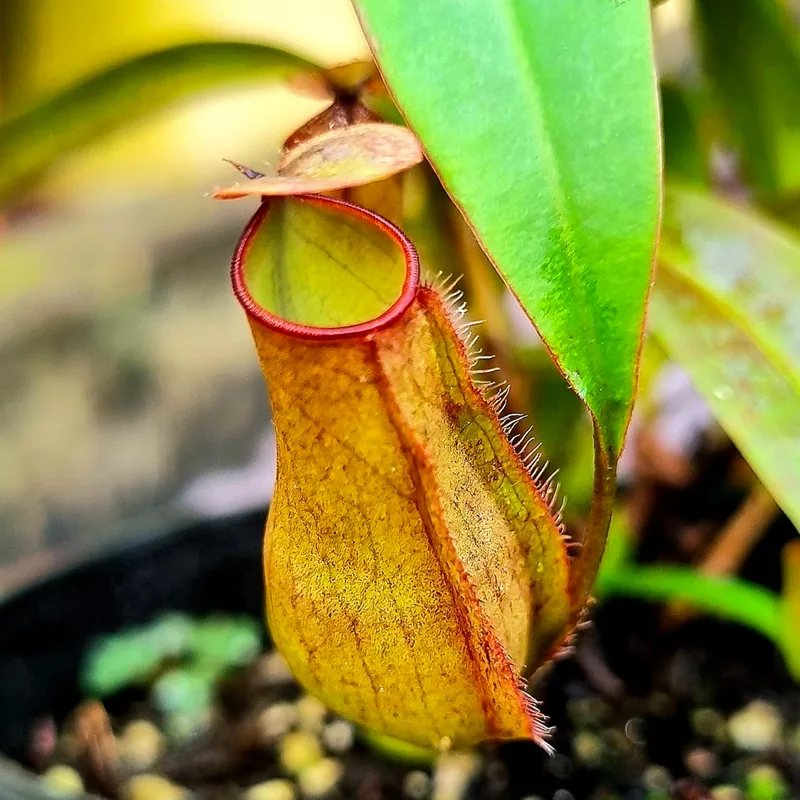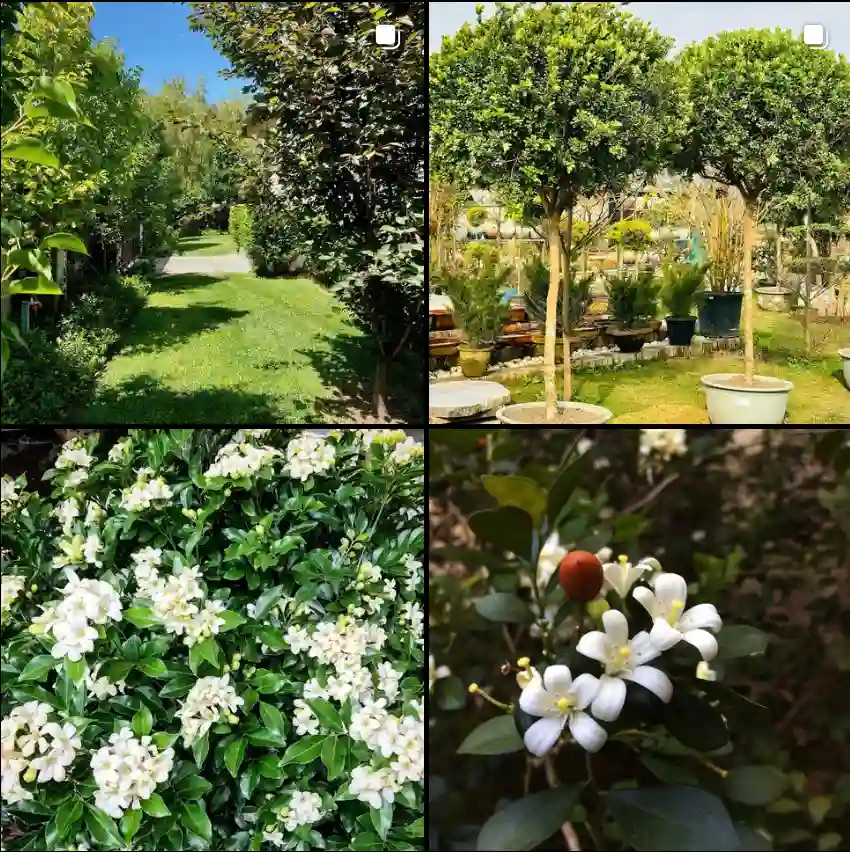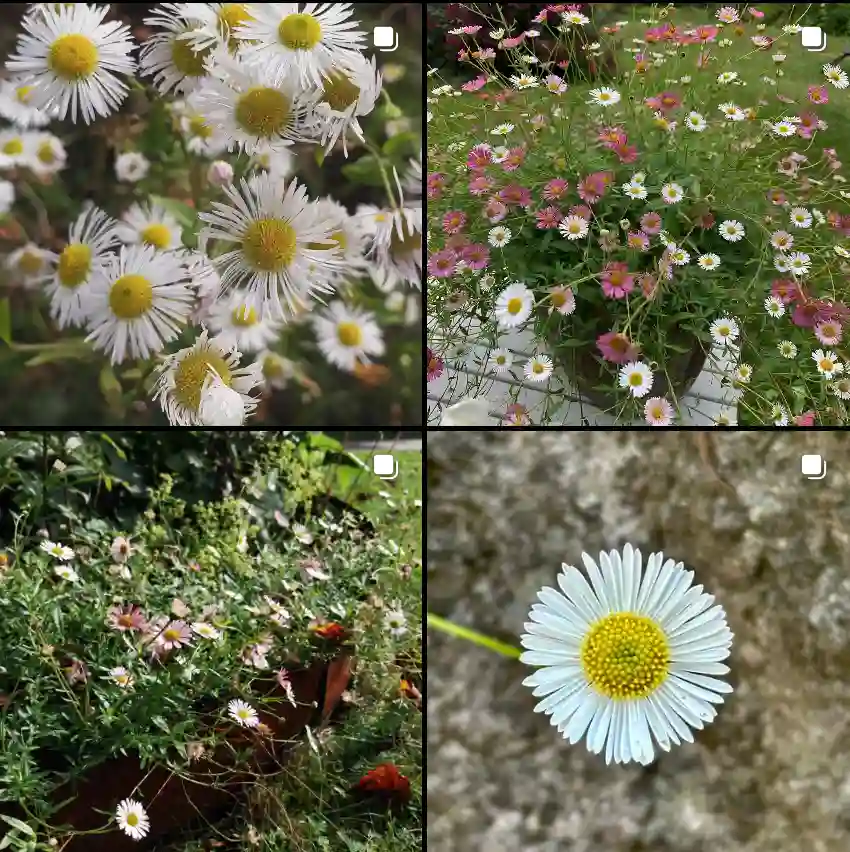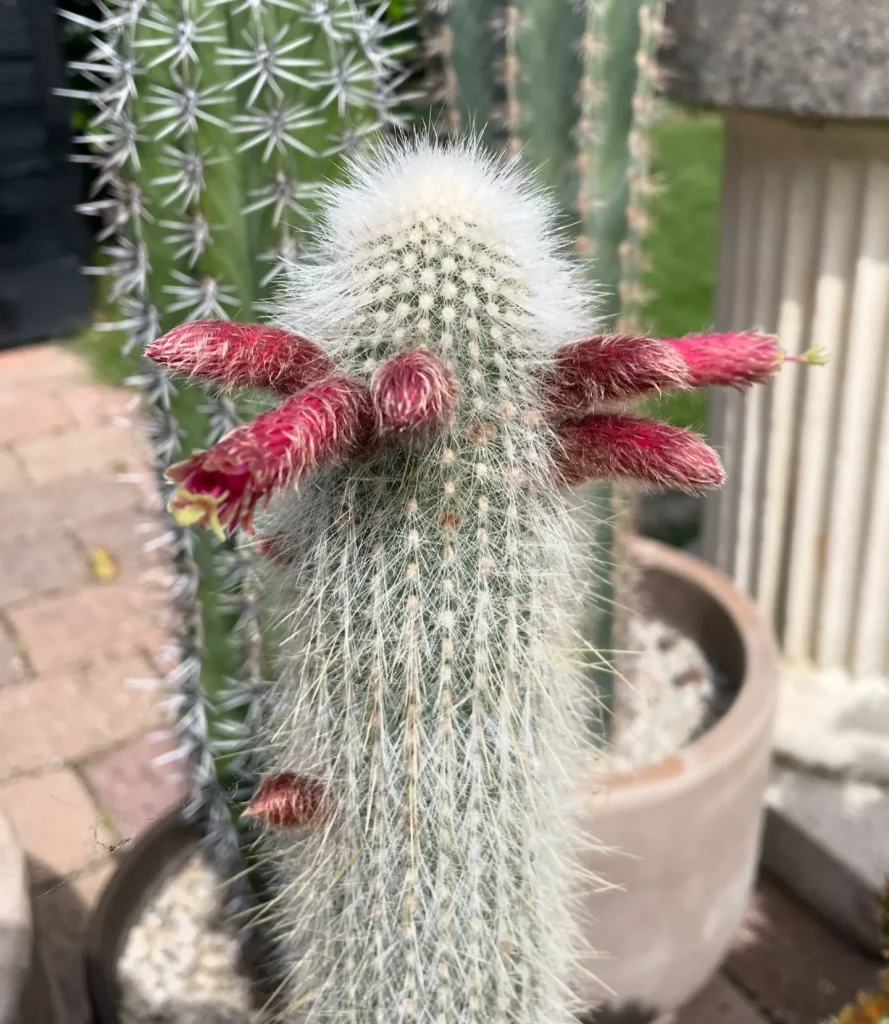
April 26 – Medicago
"Medicago, the clover-like plant, represents April 26."
Medicago symbolizes luck and growth. Like the small, yet resilient clover, you bring good fortune and prosperity to those around you. Your adaptability and positive energy foster an environment of continuous growth and opportunity.
Medicago: A Closer Look at a Diverse Genus
As a plant enthusiast, I’m always fascinated by the sheer diversity of the plant kingdom. One genus that has particularly captured my attention is Medicago, a group of flowering plants belonging to the legume family, Fabaceae. This genus boasts a wide array of species, commonly known as medick or burclover, and they play a significant role in both natural ecosystems and agriculture.
A World of Medicago
The Medicago genus is like a global traveler, with species found across the Mediterranean Basin, temperate Eurasia, and even parts of sub-Saharan Africa. This wide distribution speaks to the adaptability of these plants, thriving in diverse climates and environments. Imagine encountering these unassuming yet resilient plants on a hike through the rolling hills of Italy, or spotting them along a roadside in the African savanna.
One of the most recognizable members of this genus is alfalfa (Medicago sativa), a powerhouse forage crop that has been cultivated for centuries. Its high nutritional value makes it a staple food source for livestock, contributing significantly to agricultural practices worldwide. But Medicago is much more than just alfalfa. The genus encompasses a fascinating array of species, each with its own unique characteristics and ecological roles.
Delving into Diversity: Medicago Species
- Medicago sativa (Alfalfa): This species is a cornerstone of agriculture, renowned for its high protein content and ability to improve soil fertility.
- Medicago arborea (Tree Medick): Unlike most members of the genus, this species takes the form of a shrub, adding a unique dimension to the Medicago family.
- Medicago lupulina (Black Medick): This widespread species is often found in grasslands and disturbed areas, showcasing its adaptability.
- Medicago minima (Little Burclover): True to its name, this species is characterized by its small size and creeping growth habit.
- Medicago polymorpha (California Burclover): This species has earned its name due to its highly variable forms, reflecting its adaptability to different environments.
- Medicago arabica (L.) Huds.
- Medicago archiducis-nicolai Širj.
- Medicago arenicola (Hub.-Mor.) E.Small
- Medicago astroites (Fisch. & C.A.Mey.) Trautv.
- Medicago biflora (Griseb.) E.Small
- Medicago × blancheana Boiss.
- Medicago bonarotiana Arcang.
- Medicago brachycarpa Fisch. ex M.Bieb.
- Medicago × canariensis Benth.
- Medicago cancellata M.Bieb.
- Medicago carica (Hub.-Mor.) E.Small
- Medicago carstiensis Wulfen
- Medicago × casellasii P.Monts.
- Medicago ciliaris (L.) All.
- Medicago constricta Durieu
- Medicago coronata (L.) Bartal.
- Medicago crassipes (Boiss.) E.Small
- Medicago cretacea M.Bieb.
- Medicago daghestanica Rupr. ex Boiss.
- Medicago disciformis DC.
- Medicago doliata Carmign.
- Medicago edgeworthii Širj.
- Medicago falcata L.
- Medicago fischeriana (Ser.) Trautv.
- Medicago globosa C.Presl
- Medicago granadensis Willd.
- Medicago halophila (Boiss.) E.Small
- Medicago heldreichii E.Small
- Medicago heyniana Greuter
- Medicago huberi E.Small
- Medicago hybrida (Pourr.) Trautv.
- Medicago hypogaea E.Small
- Medicago intertexta (L.) Mill.
- Medicago isthmocarpa (Boiss. & Balansa) E.Small
- Medicago laciniata (L.) Mill.
- Medicago lanigera C.Winkl. & B.Fedtsch.
- Medicago laxispira Heyn
- Medicago lessingii Fisch. & C.A.Mey. ex Kar.
- Medicago littoralis Rohde ex Loisel.
- Medicago makranica Heyn
- Medicago marina L.
- Medicago medicaginoides (Retz.) E.Small
- Medicago × mixta Sennholz
- Medicago monantha (C.A.Mey.) Trautv.
- Medicago monspeliaca (L.) Trautv.
- Medicago murex Willd.
- Medicago muricoleptis Tineo
- Medicago noeana Boiss.
- Medicago orbicularis (L.) Bartal.
- Medicago orthoceras (Kar. & Kir.) Trautv.
- Medicago ovalis (Boiss.) Urb.
- Medicago pamphylica (Hub.-Mor. & Širj.) E.Small
- Medicago papillosa Boiss.
- Medicago persica (Boiss.) E.Small
- Medicago phrygia (Boiss. & Balansa) E.Small
- Medicago pironae Vis.
- Medicago platycarpos (L.) Trautv.
- Medicago plicata (Boiss.) Širj.
- Medicago polyceratia (L.) Sauvages ex Trautv.
- Medicago popovii (Korovin) Širj.
- Medicago praecox DC.
- Medicago prostrata Jacq.
- Medicago radiata L.
- Medicago retrorsa (Boiss.) E.Small
- Medicago rhodopea Velen.
- Medicago rhytidiocarpa (Boiss. & Balansa) E.Small
- Medicago rigida (Boiss. & Balansa) E.Small
- Medicago rigidula (L.) All.
- Medicago rigiduloides E.Small
- Medicago rostrata (Boiss. & Balansa) E.Small
- Medicago rotata Boiss.
- Medicago rugosa Desr.
- Medicago rupestris M.Bieb.
- Medicago ruthenica (L.) Trautv.
- Medicago × sabulensis H.Lév.
- Medicago sauvagei Nègre
- Medicago saxatilis M.Bieb.
- Medicago scutellata (L.) Mill.
- Medicago secundiflora Durieu
- Medicago shepardii Post ex Boiss.
- Medicago sinskiae Uljanova
- Medicago soleirolii Duby
- Medicago sphaerocarpos Bertol.
- Medicago suffruticosa Ramond ex DC.
- Medicago syriaca E.Small
- Medicago tenoreana Ser.
- Medicago tetraprostrata J.S.Erikss. & B.E.Pfeil
- Medicago tornata (L.) Mill.
- Medicago truncatula Gaertn.
- Medicago turbinata (L.) All.
- Medicago × varia Martyn
- Medicago vassilczenkoi Vorosch.
The Importance of Medicago
Beyond their agricultural significance, Medicago species offer a range of ecological benefits. Their ability to fix nitrogen from the atmosphere enriches the soil, making them valuable components of natural ecosystems and agricultural systems alike. They also serve as important food sources for pollinators, supporting the health of insect populations.
The genus Medicago exemplifies the interconnectedness of the natural world. From their role in supporting pollinators to their contribution to soil health, these plants play a vital part in maintaining ecological balance. As we continue to learn more about this diverse genus, we gain a deeper appreciation for the intricate web of life that connects us all.
If i die, water my plants!



